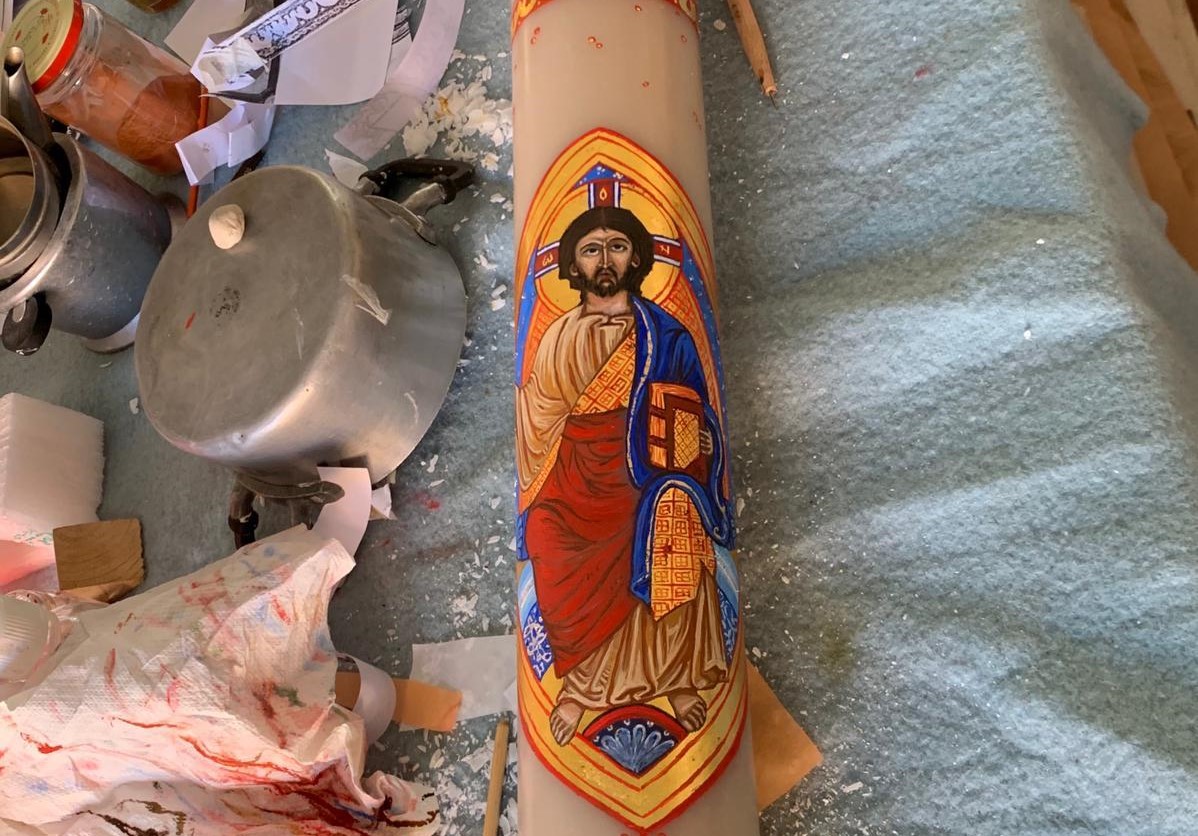The Alte Terre laboratory was born with the intent of creating a space for artisanal and artistic work, open to the local culture as well as to passing ideas and artists – a place for encounters and for sharing experiences and real-life stories. However, the roots of this project are tied to a personal story that I want to tell, a story that has already grown and evolved thanks to numerous encounters.
It all began in my adopted city, Venice, which led me to study Byzantine history and art during my university years, igniting not only an intellectual interest but also a deep passion. In 2008, I started working with iconographer Iulia Balan, who spent months instructing me in the technique of working on board and plaster. Thanks to my work with her, I was given the opportunity for a study/work trip with one of the best teams in Romania to learn the art of mural frescoes using pure lime (not mixed with sand as in Italian frescoes).
There are other names worth mentioning because I had many valuable teachers, such as Prof. Ennio Concina, Prof. Giorgio Ravegnani, the team of the Moldoveanu spouses, and iconography masters like Fabio Nones from Trento or Giovanni Raffa from Perugia, absolute masters in applied arts. Not to forget Sania Gukova, who provided masterful lessons on depicting the face of Christ in ancient art. The list would grow too long to honor all the debt I owe to the scholars and artists I’ve met, so I’ll stop here: this is just the beginning.
Over time, I started to receive requests for producing icons on wood and Easter candles, as well as restorations on wood, paintings on parchment, glass, and bamboo. I’ve learned to use different techniques depending on the materials used and the requests of the clients.
Today, I have many art projects in mind; in the near future, I intend to work more with bamboo, learning to understand and carve it to create aviaries to protect non-migratory birds during the colder seasons. Moreover, I feel drawn to producing naïve icons on glass, framed with antique wood in the style of devotions found in Central European homes, widely popular in humble dwellings.
The mountains, indeed, call for the essential and avoid embellishments. Here, it is natural to return to symbolic simplicity and refinement. Recently, I have introduced wood gouges to give space to the plasticity of materials, following a technique I plan to further improve.
These projects need to be known and require collaboration, both with one or more schools and with students who wish to be introduced to these arts. The construction of the new laboratory will precisely be the space that can concretely focus on teaching those who love this style, characterized by techniques and materials that connect to an age-old art, passed down through generations like a golden thread among human connections, mysteriously reaching even us.

